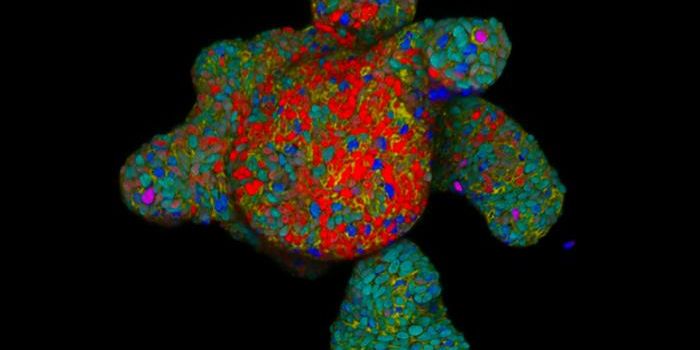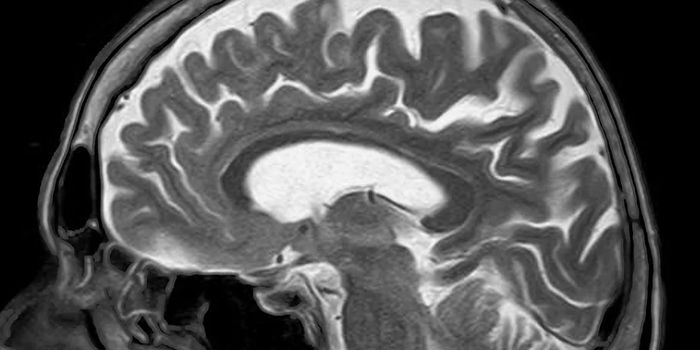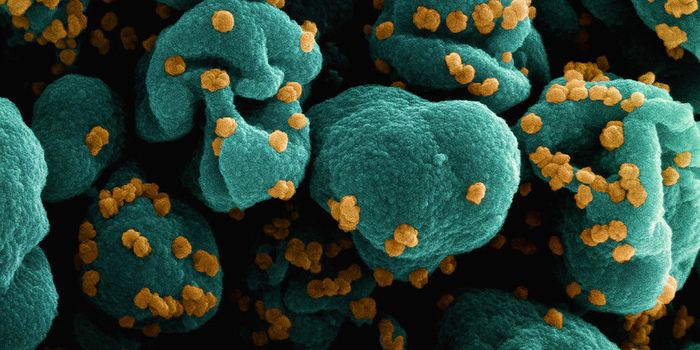A New Type of Biosensor Can Detect Neurodegeneration Biomarkers
Neurodegenerative diseases (NDDs) can be very challenging to diagnose and monitor, and many patients do not receive a diagnosis until the disease has progressed significantly. Scientists have now developed a new technology that could help patients get an accurate diagnosis sooner. The tool is called the ImmunoSEIRA sensor, and it can detect misfolded proteins that are hallmarks of various diseases like Parkinson's disease and Alzheimer's disease. It may also help clinicians make treatment decisions. The work has been reported in Science Advances.
Misfolded proteins are known as a hallmark of neurodegeneration, although how they are related to the development or progression of neurodegeneration is still unclear. While these clumps of misfolded proteins build up in the brains of patients, they have been difficult to detect and quantify in patients.
In this work, the researchers took a new approach, and created a sensor that combines artificial intelligence, nanotechnology, optofluidics, and protein biochemistry. "Unlike current biochemical approaches which rely on measuring the levels of these molecules, our approach is focused on detecting their abnormal structures. This technology also allows us to differentiate the levels of the two main abnormal forms implicated in the development and progression of NDDs, oligomers and fibrils,” said Professor Hilal Lashuel, head of the Laboratory of Molecular Neurobiology and Neuroproteomics at EPFL.
The technology utilizes surface-enhanced infrared absorption (SEIRA) spectroscopy, and works with very small samples to reveal biomarkers of neurodegeneration. The sensor contains gold nanorod arrays that are equipped with antibodies that detect proteins in a specific way. The structure of the proteins is then analyzed and neural networks reveal the forms of misfolded proteins and aggregates in the sample; this can aid in disease diagnosis and monitoring.
“Since the disease process is tightly associated with changes in protein structure, we believe that structural biomarkers, especially when integrated with other biochemical and neurodegeneration biomarkers, could pave the way for more precise diagnosis and monitoring of disease progression," said Lashuel.
The researchers also validated the sensor with samples that were collected in the clinic. The signature of protein tangles or fibrils were accurately identified. Researchers have shown that there are unique protein fibrils associated with different neurodegenerative disorders.
Now the researchers would like to expand the capabilities of the technology and improve it so that it can be used to detect other disorders that are related to misfolded proteins.
Sources: EPFL (École Polytechnique Fédérale de Lausanne) via Eurekalert, Science Advances









